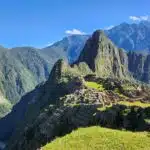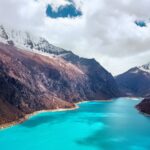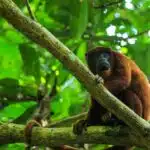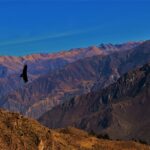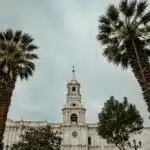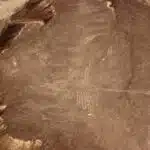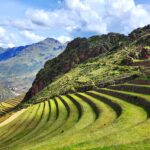Once the capital of the Inca Empire, Cusco is a UNESCO World Heritage Site and a gateway to Machu Picchu. Explore its charming streets, visit historic churches and Incan ruins.
Cusco, also spelled Cuzco, is a city in southeastern Peru, situated in the Andes Mountains at an altitude of approximately 3,400 meters (11,200 feet) above sea level. It is one of Peru’s most historically and culturally significant cities, serving as the capital of the Inca Empire and later as a hub of Spanish colonial influence.
History and Culture of Cusco
- Inca Capital: Cusco was the capital of the mighty Inca Empire, known as Tawantinsuyu, which encompassed much of western South America during its peak in the 15th and early 16th centuries. The city was considered the spiritual and administrative center of the empire, with magnificent temples, palaces, and terraced gardens.
- Spanish Colonial Influence: After the Spanish conquest led by Francisco Pizarro in the 16th century, Cusco became an important colonial city. The Spanish built churches, monasteries, and mansions on top of existing Inca structures, blending indigenous and European architectural styles.
- Cultural Heritage: Cusco’s rich cultural heritage is evident in its architecture, festivals, and traditions. The city’s historic center, with its cobblestone streets and colonial buildings, is a UNESCO World Heritage site. Traditional Andean customs and Quechua-speaking communities still thrive in the surrounding countryside.
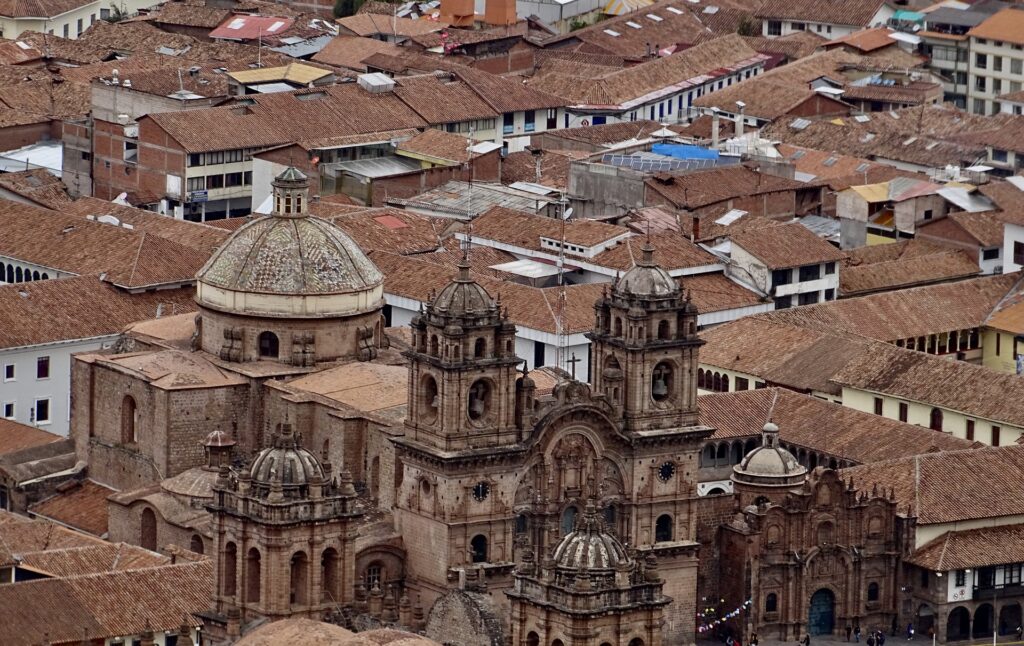
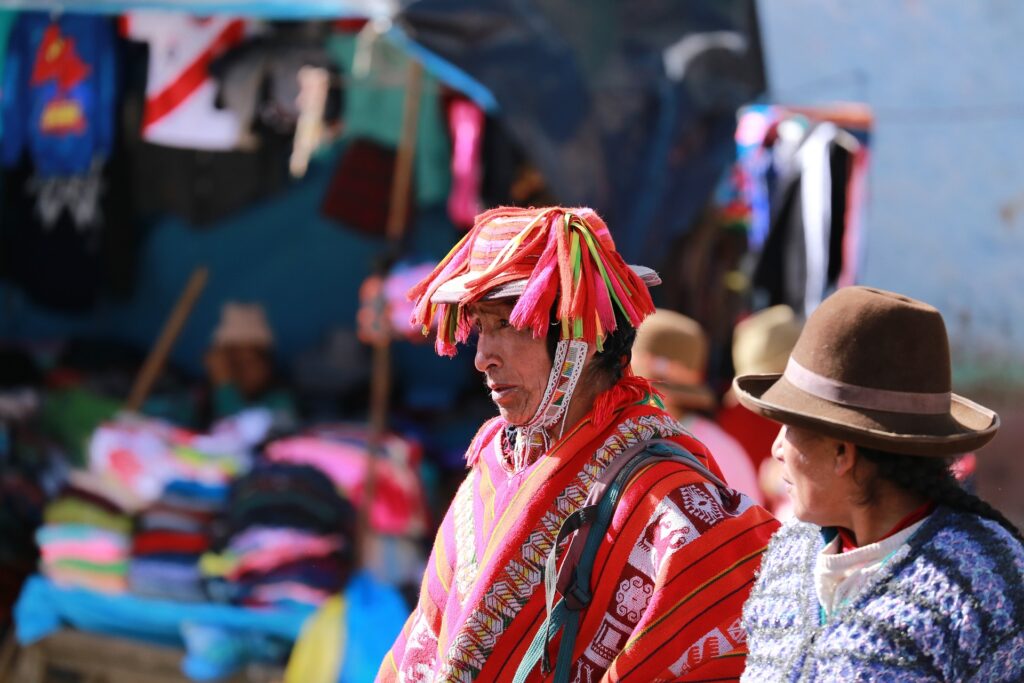
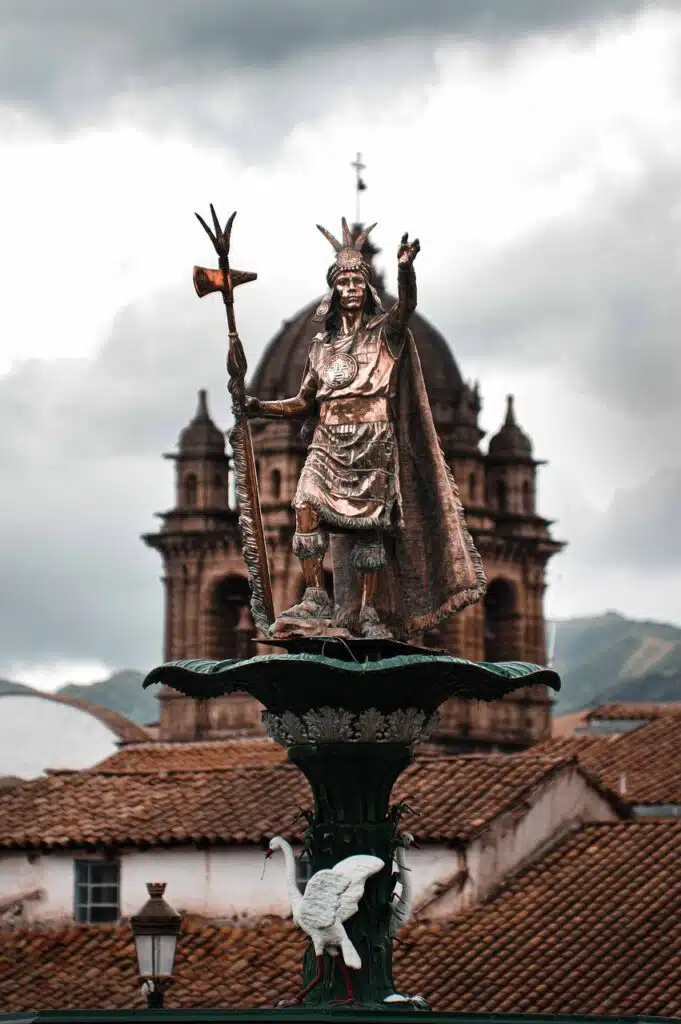
Key Attractions in Cusco
- Plaza de Armas: Cusco’s main square, Plaza de Armas, is the heart of the city and surrounded by colonial arcades, shops, restaurants, and the imposing Cathedral Basilica of the Assumption of the Virgin.
- Qorikancha (Temple of the Sun): This ancient Inca temple, once covered in gold, was the most important religious site in the Inca Empire. The Spanish built the Church of Santo Domingo on its foundations, creating a striking blend of Inca and Spanish architecture.
- Sacsayhuamán: A massive Inca fortress located just outside Cusco, Sacsayhuamán is famous for its massive stone walls constructed from enormous boulders fitted together with astonishing precision.
- San Pedro Market: A bustling market where locals and tourists alike can find fresh produce, handicrafts, textiles, and traditional Peruvian cuisine.
Activities and Excursions
- Sacred Valley: Located near Cusco, the Sacred Valley (Valle Sagrado) is home to picturesque villages, Inca ruins (such as Pisac and Ollantaytambo), and stunning landscapes of terraced fields and mountains.
- Machu Picchu: Cusco serves as a gateway to Machu Picchu, accessible by train from Ollantaytambo or by hiking the famous Inca Trail. Many visitors spend time in Cusco before or after visiting the ancient citadel.
- Traditional Festivals: Cusco hosts vibrant festivals throughout the year, celebrating religious and cultural events with colorful parades, music, dance, and traditional costumes.
- Tourism Hub: Today, Cusco is a bustling city and a popular tourist destination, offering a range of accommodations, restaurants, and nightlife options while preserving its rich historical and cultural heritage.
- Gateway to Adventure: Besides cultural experiences, Cusco is a hub for adventure activities such as trekking, mountain biking, and whitewater rafting in the surrounding Andean mountains and rivers.
Cusco’s blend of ancient history, colonial architecture, vibrant culture, and stunning natural beauty makes it a captivating destination for travelers interested in exploring Peru’s diverse heritage and landscapes.

